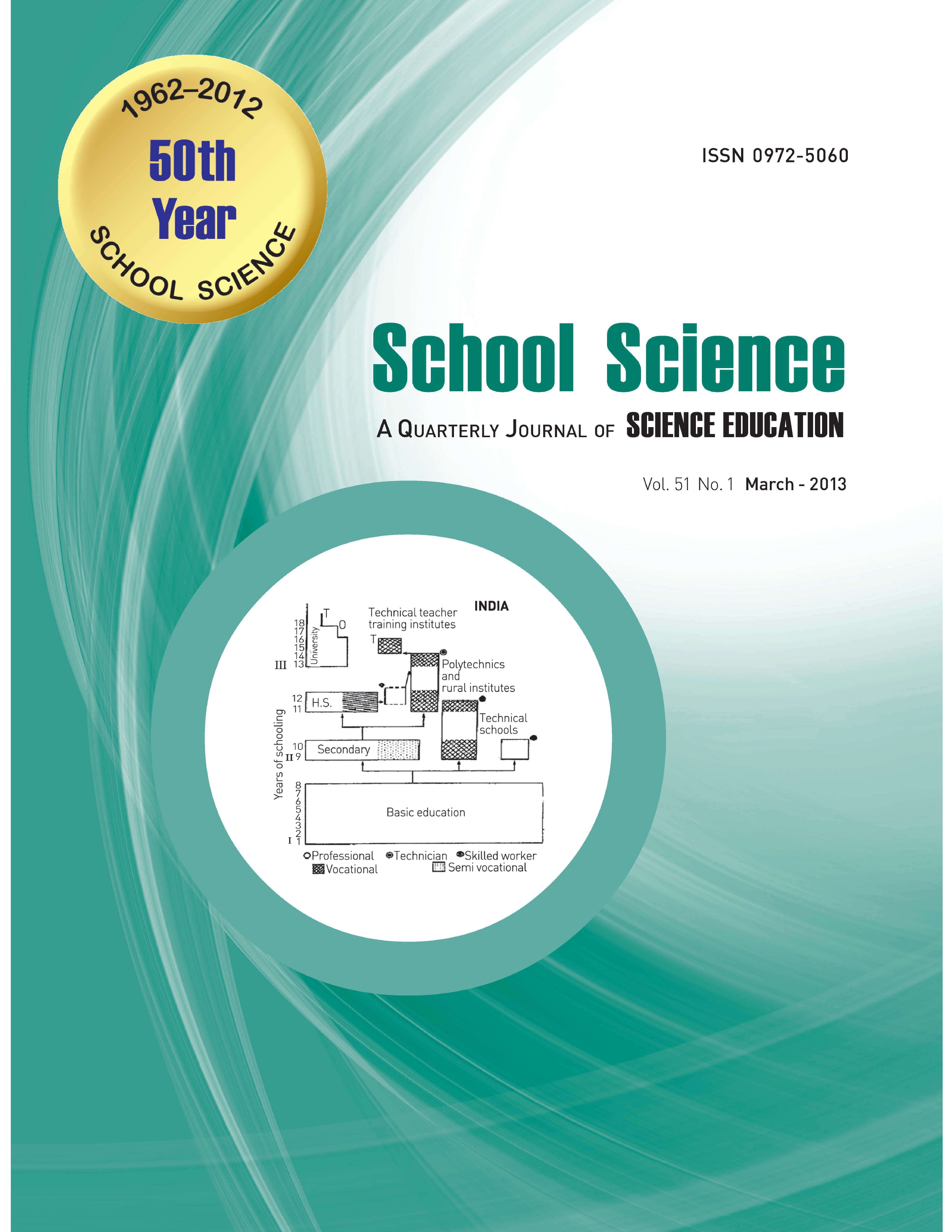
Published 2013-03-31
Keywords
- Instructional Management Systems,
- Preston and Herman,
- The humanist movement
How to Cite
Abstract
Teachers and supervisors need to evaluate and revise the curriculum to provide for diverse needs, interests and abilities of learners in the school and class setting. Each pupil needs guidance to achieve optimally. There are numerous techniques to appraise pupil achievement in the science curriculum. Traditional techniques which seemingly have stood the test of time include: 1. Teacher-written test items. These include truefalse, multiple choice, matching, completion, and essay items. 2. Checklists and rating scales. Specific behaviours are listed and each learner is checked (on the checklist) if more guidance is needed to achieve that objective, or a numerical rating (5 = excellent, 4 = good, 3 = average, 2 = below average, and 1 = poor) is given in terms of perceived performance on a rating scale. 3. Appraising learner products. Each written paper, art project, or construction item may be appraised in terms of desired criteria. 4. Teacher observation and anecdotal records. What the teacher observes as representative learner behaviour may be recorded in a behavioural journal.
